Solana is a high-performance blockchain known for its lightning-fast transaction speeds and low fees, making it an attractive option for developers looking to build scalable decentralized applications (dApps). Unlike other blockchains that struggle with scalability, Solana leverages a unique consensus mechanism called Proof of History (PoH) to achieve impressive throughput without compromising security.
Remote Procedure Call (RPC) is an essential aspect of blockchain networks. It enables client applications to communicate with blockchain nodes, making it possible to execute transactions, query data, and interact with smart contracts. Understanding how RPC works in Solana can significantly enhance a developer’s ability to build efficient and effective dApps.
Solana RPC
RPC stands for Remote Procedure Call, a protocol that allows one program to request a service from a program located on another computer within the same network. In the context of Solana, RPC is the mechanism through which your application communicates with the Solana blockchain. By sending specific API requests to an RPC endpoint, you can perform a variety of operations such as querying account balances, fetching transaction histories, and even submitting new transactions.
Role of RPC in Solana
In Solana, RPC serves as the bridge between your dApp and the Solana blockchain. It enables real-time interactions and ensures that your application can read and write data to the blockchain efficiently. This is crucial for maintaining the performance and reliability of your dApp, especially in a high-throughput environment like Solana.
Key Features of Solana RPC
Solana RPC comes with a set of features designed to provide developers with comprehensive access to the blockchain. Some of the key features include:
- High Throughput: Capable of handling thousands of requests per second.
- Low Latency: Ensures rapid response times, crucial for real-time applications.
- Scalability: Designed to scale effortlessly, accommodating more users and transactions.
- Secure: Implements robust security measures to protect against various types of attacks.
- Comprehensive API: Offers extensive methods to interact with the blockchain.
How Solana RPC Works
Client-Server Model
Solana RPC operates on a client-server model where the client (your application) sends requests to an RPC server (a Solana node). The server processes these requests and sends back the appropriate responses. This interaction is facilitated through HTTP or HTTPS, ensuring secure communication.
RPC Endpoints (GetBlock.io)
One of the most reliable providers for Solana RPC endpoints is GetBlock.io. To get started with GetBlock.io, follow these steps:
- Create an Account: Sign up on GetBlock.io.
- Select Solana Node: Navigate to the Solana node page here and create an API key.
- Retrieve Endpoint URL: Your API key will provide you with the endpoint URL you need to connect to the Solana network.
Request and Response Mechanism
When you send an RPC request to the Solana node, it generally includes a method, parameters, and headers. The node processes this request and returns a response that includes the result or an error message if the request fails. Here’s a basic example:
“`json
{
“jsonrpc”: “2.0”,
“id”: 1,
“method”: “getBalance”,
“params”: [“YourWalletAddress”]
}
“`
In the response, you will receive the balance associated with the provided wallet address.
Setting Up Solana RPC
Prerequisites
Before setting up Solana RPC, ensure you have the following:
- A Solana wallet address
- An account on GetBlock.io for accessing RPC endpoints
- Basic understanding of HTTP requests
- Development environment (Node.js, Python, etc.)
Steps to Configure Solana RPC
- Sign Up on GetBlock.io: Create an account if you haven’t already.
- Generate API Key: Navigate to the Solana node section and generate a new API key.
- Set Up Your Environment: Install necessary libraries and dependencies (e.g., axios for Node.js).
- Configure Endpoint: Use the provided API key and endpoint URL in your application’s configuration.
Here’s a simple example using Node.js:
“`javascript
const axios = require(‘axios’);
const SOLANA_RPC_URL = ‘https://solana.getblock.io/mainnet/’;
const API_KEY = ‘your-api-key’;
async function getBalance(walletAddress) {
try {
const response = await axios.post(SOLANA_RPC_URL, {
jsonrpc: “2.0”,
id: 1,
method: “getBalance”,
params: [walletAddress]
}, {
headers: {
‘x-api-key’: API_KEY
}
});
console.log(‘Balance:’, response.data.result.value);
} catch (error) {
console.error(‘Error fetching balance:’, error);
}
}
getBalance(‘YourWalletAddress’);
“`
Common Configurations and Parameters
- Method: The specific operation you want to perform (e.g., `getBalance`, `sendTransaction`).
- Params: Parameters required for the method (e.g., wallet address, transaction data).
- Headers: Additional information such as API keys for authentication.
Conclusion
Recap of Key Points
Solana RPC is a powerful tool for developers looking to build high-performance dApps on the Solana blockchain. Its high throughput, low latency, and scalability make it an ideal choice for modern applications. By understanding how to set up and configure Solana RPC, you can unlock the full potential of this cutting-edge technology.
Future Prospects of Solana RPC
As blockchain technology continues to evolve, the role of RPC in facilitating seamless communication between applications and blockchain networks will only grow more significant. Solana, with its innovative architecture and commitment to scalability, is well-positioned to lead this charge.
FAQ Section
1. What is Solana RPC and why is it important?
Solana RPC is a protocol that allows your application to communicate with the Solana blockchain. It is essential for executing transactions, querying data, and interacting with smart contracts, enabling real-time interactions and efficient data management.
2. How do I set up Solana RPC on my local machine?
To set up Solana RPC, create an account on GetBlock.io, generate an API key, and configure your development environment to use the provided endpoint URL. Follow the steps outlined in the “Setting Up Solana RPC” section above.
3. What are the key features that differentiate Solana RPC from other blockchain RPCs?
Solana RPC stands out for its high throughput, low latency, scalability, and comprehensive API. These features make it particularly well-suited for building high-performance dApps.
4. What kind of applications can benefit from using Solana RPC?
Applications that require high transaction speeds and low fees, such as decentralized finance (DeFi) platforms, non-fungible token (NFT) marketplaces, and gaming dApps, can greatly benefit from using Solana RPC.
5. How can I troubleshoot common issues with Solana RPC?
Common issues can include network connectivity problems, invalid API keys, and incorrect request parameters. Refer to the documentation on GetBlock.io for detailed troubleshooting steps and ensure your configurations are correct.
6. Are there any security measures I need to consider when using Solana RPC?
Yes, always secure your API keys and avoid exposing them in publicly accessible code repositories. Implement HTTPS for secure communication and regularly audit your code for potential security vulnerabilities.
By leveraging the power of Solana RPC, developers can build cutting-edge applications that are both efficient and scalable. Sign up on GetBlock.io today and start exploring the limitless possibilities of Solana!


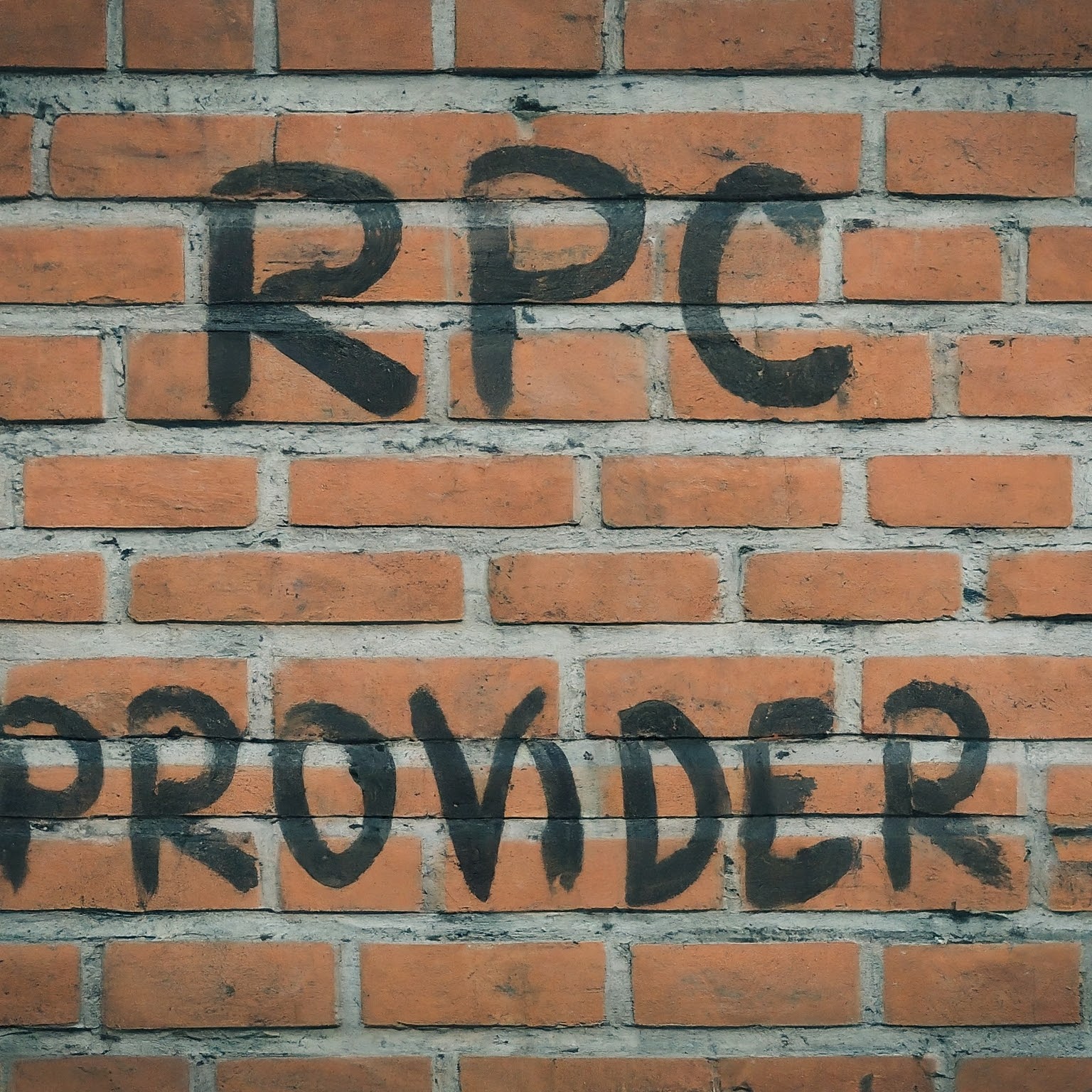
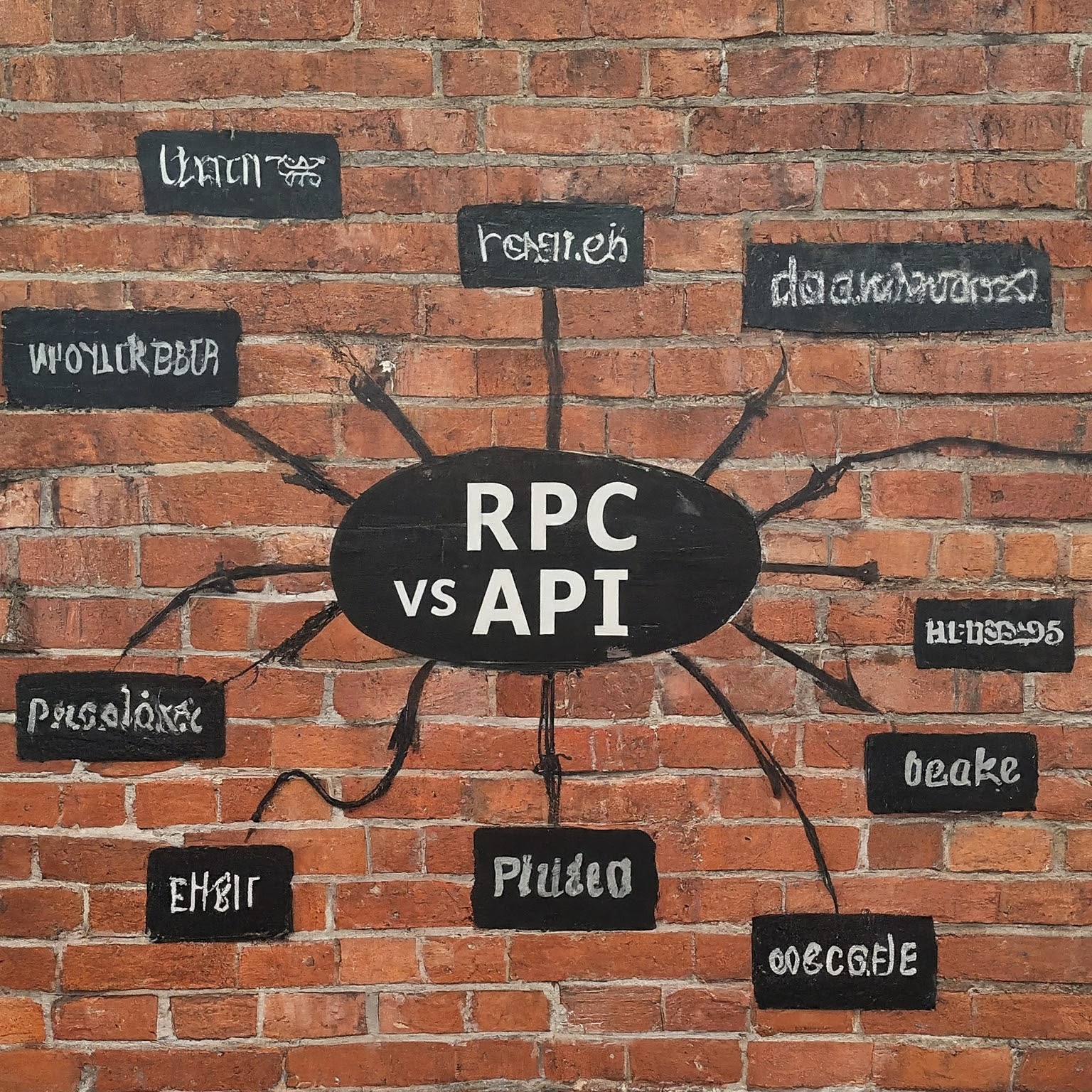
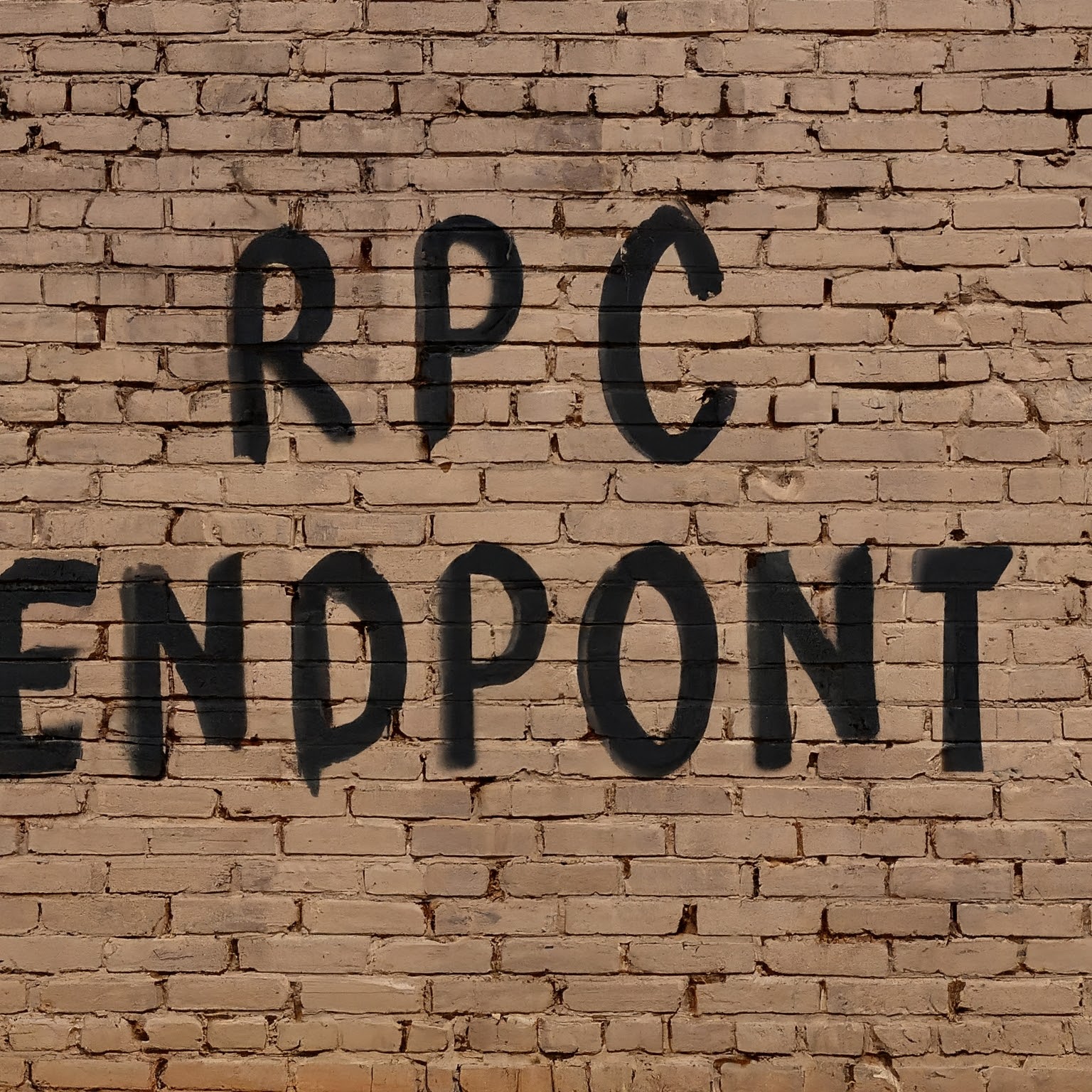

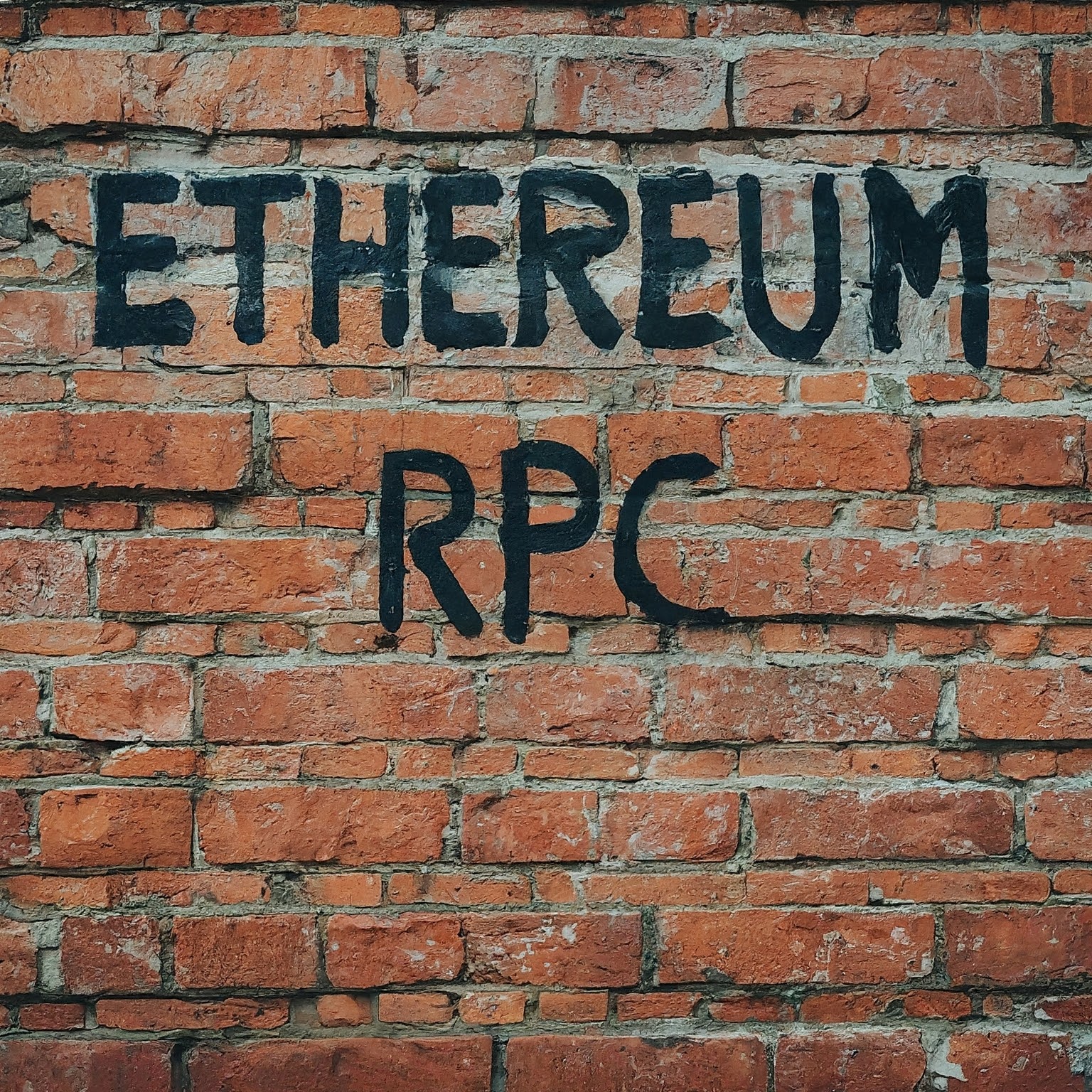
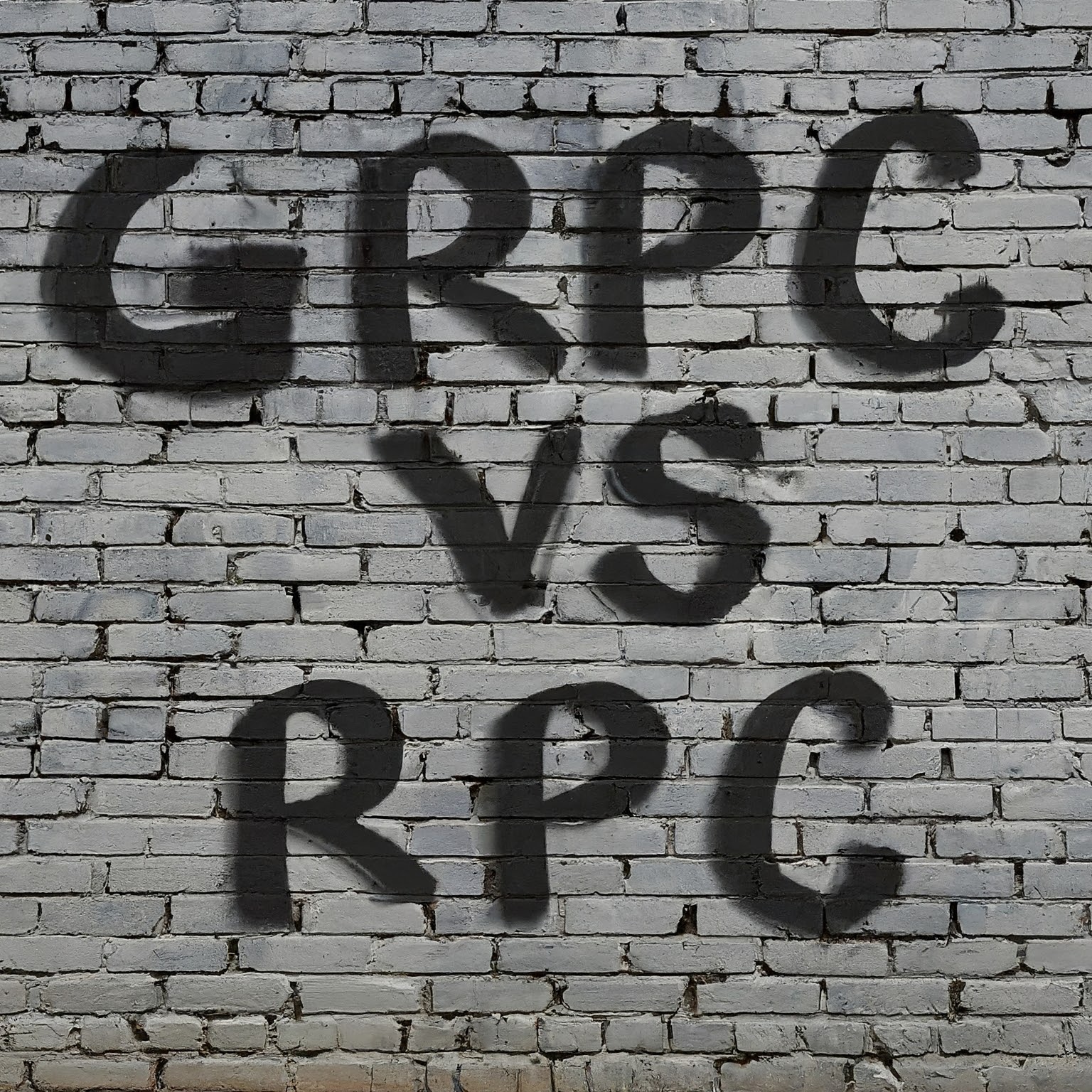
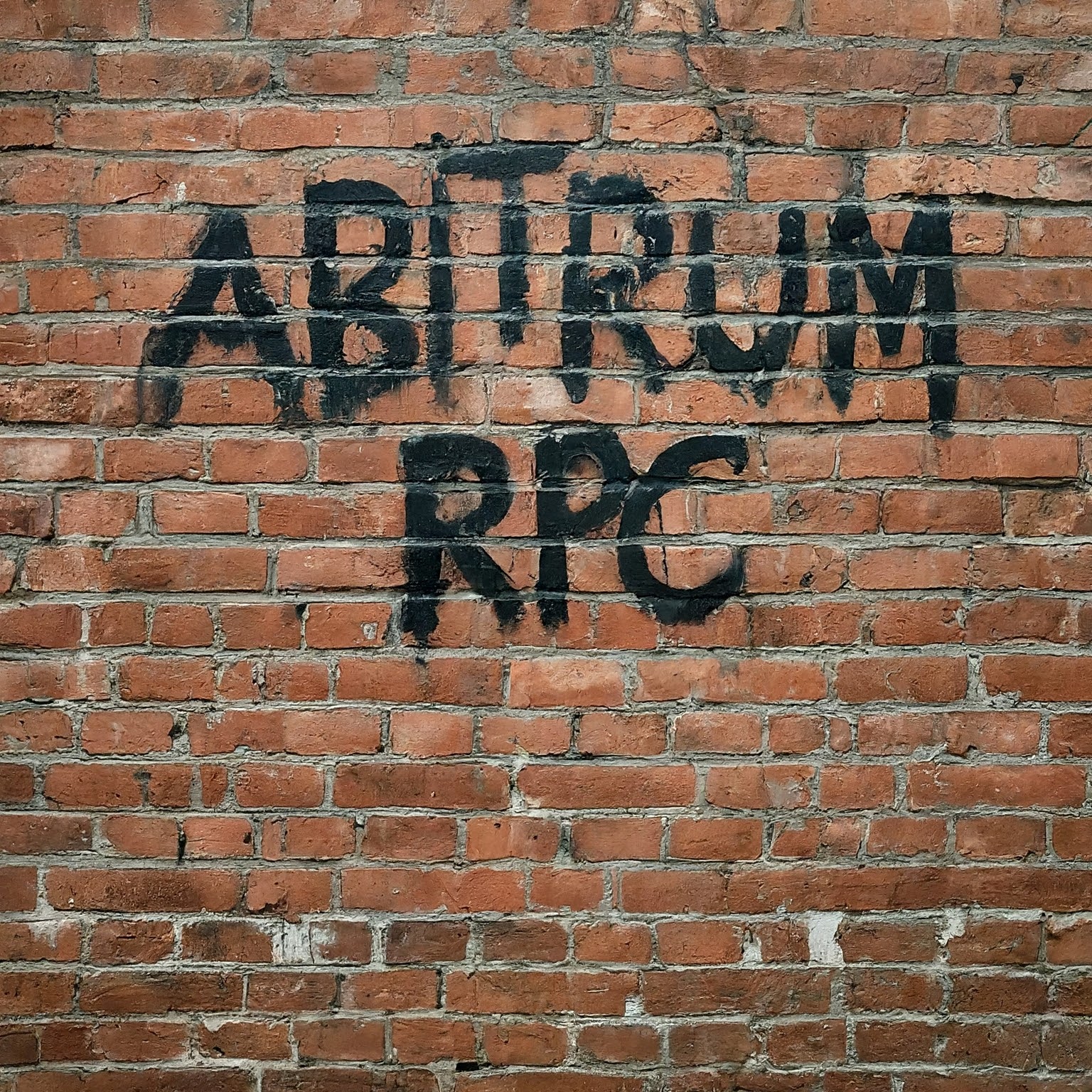

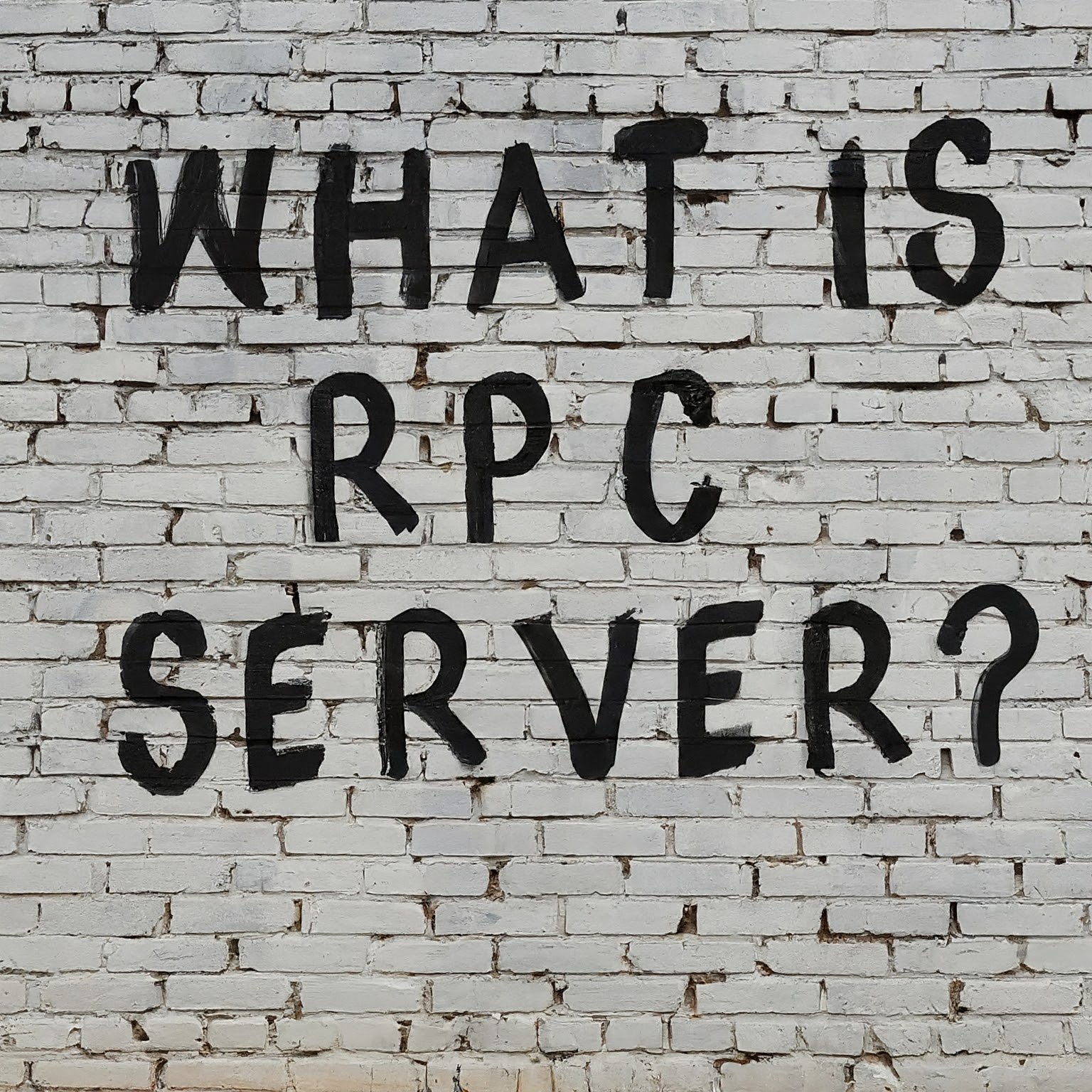

Leave a Reply
You must be logged in to post a comment.